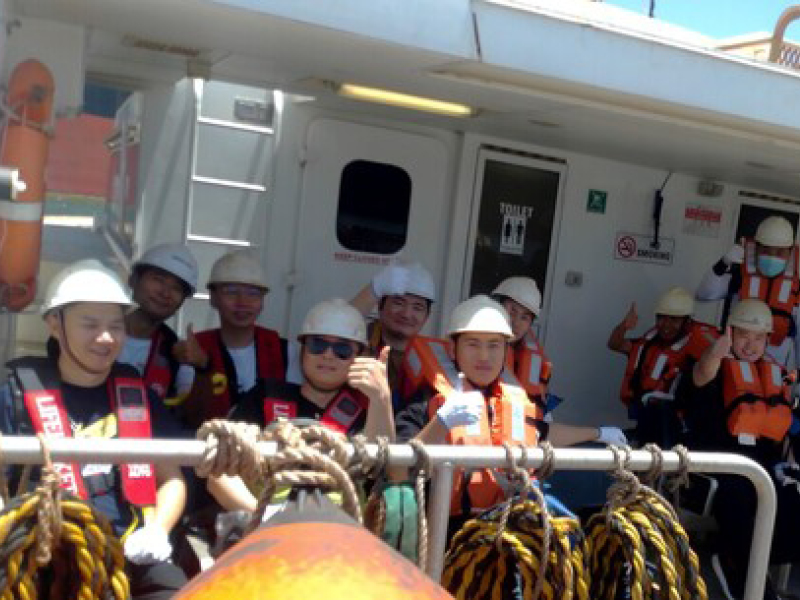Around 150,000 seafarers arrive on vessels into Port Hedland ever year, but with just a fraction able to leave their ships it is vital that help is at hand when needed.
That’s where the Mission to Seafarers and the Port Hedland Seafarers centre come in.
Established in 1836 to deliver pastoral care to seafarers, the Mission to Seafarers is now one of several faith-based charitable organisations that help seafarers around the world.
The Port Hedland chapter, the busiest in the nation, is one of 30 missions in Australia which in turn are among the 200 operations in ports around the world in 50 countries.
Port Hedland Seafarers Centre Business Manager Phil Donnan provided an overview of the centre’s activities at PHIC’s August Community Industry Forum meeting.
When vessels arrive in Port Hedland, about one-third of the crew will be required to work, another third will be resting, leaving about one-third to come ashore.
That number was slashed close to zero during COVID and the shore-leave numbers are still a fraction of the 30,000 seafarers who would visit Port Hedland every year before COVID.
The centre’s services include providing transport, foreign exchange, SIM cards, online shopping, and delivery to ships (an essential service during COVID), free books and clothing, hospitality, and recreation facilities.
All of which aid the seafarers’ mental health and wellbeing.
“If there’s been a death or a situation, we’ll step in, provide some pastoral care around that to be able to help,” Mr Donnan said.
“We’re one of the first people on the spot to recognise that someone is distressed, in need of help, if they’re suffering in some way or they’ve had a loss at home, and they need some support.
“There is only a very short window. Ships are in port for only 36 hours, but that help is required on a regular basis.”
Mr Doonan said some crew members had limited opportunities to leave their vessels during their contract. Australia could sometimes be their only chance.
“So, when they get off, they are really desperate to catch up with family and catch up on what’s happening,” he said.
Based on the centre’s currency exchange data, Mr Doonan said seafarers spent around $900,000 a year in the Port Hedland shopping precinct.
He said the Port Hedland community could get involved in the centre’s activities, particularly at Christmas when it assembles about 2000 packs valued at about $25 each containing food items, toiletries, and other items.
“One of the most treasured things in there is a beanie,” he said. “We could go out and buy a commercial beanie for $5 or $6 but we put an appeal out for hand knitted beanies.
“When the seafarers get a handknitted beanie, they know that someone has done that and it’s unique to them; their treasure.
“They know that the Port Headland community got together and packed these bags for them. They very much appreciate it. The impact is extremely high.”
The centre would welcome volunteers willing to spend time with seafarers, giving them someone to talk to other than their ship mates.
Mr Doonan also provided an update on the new seafarers’ centre, which will replace the existing headquarters built in 1973.
The State Government has provided $13.5 million for the new building in the West End.
The centre will initially be funded as part of the 2024-25 State Budget, with those costs to be recovered from industry via a shipping charge, with agreed contributions from port users BHP, Fortescue, Roy Hill, Mineral Resources Limited and Atlas Iron.
The design is still being finalised, but it will include shopping and recreational areas, a lounge, offices, and meeting rooms, with initial work to begin early next year.


